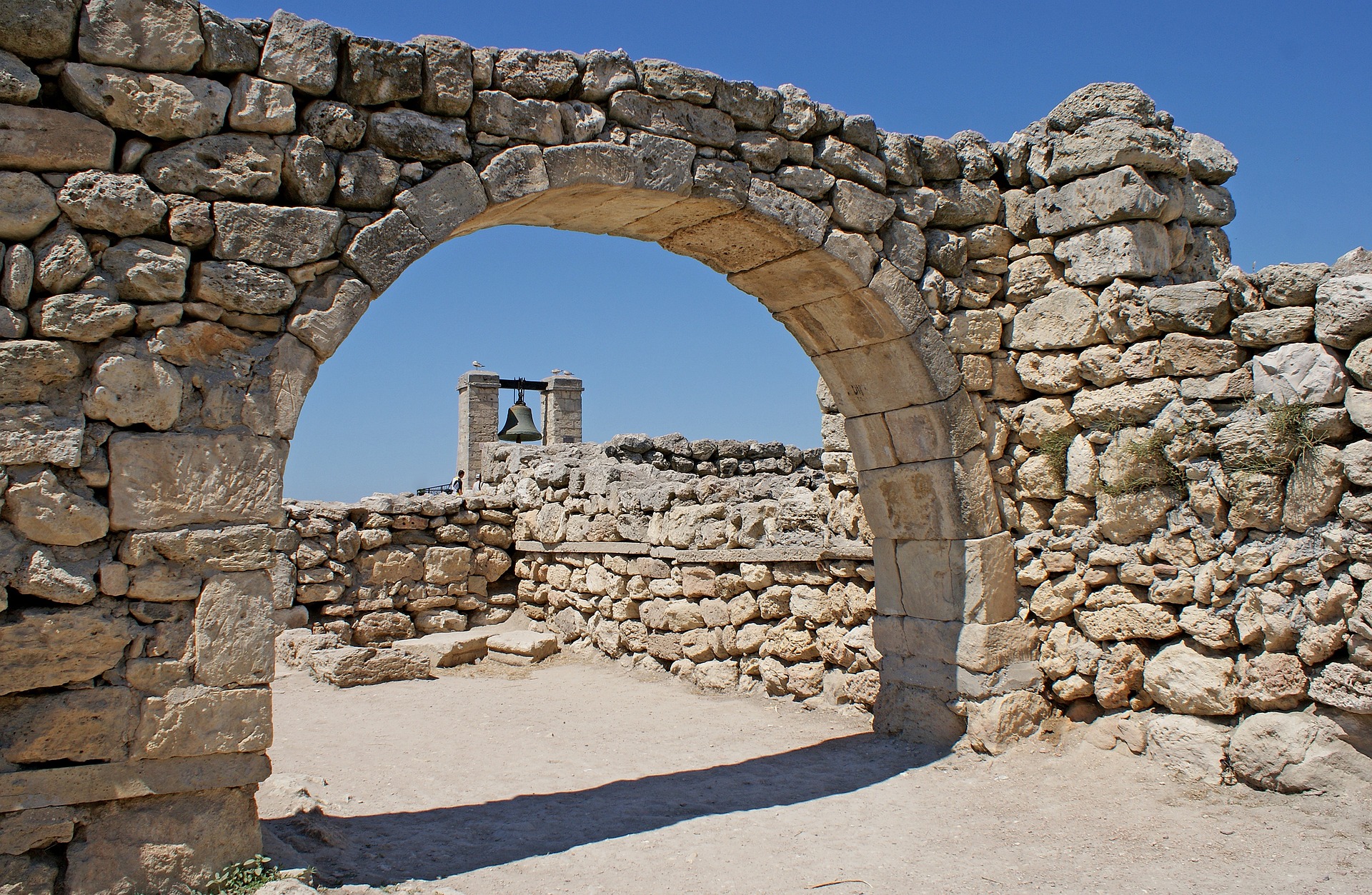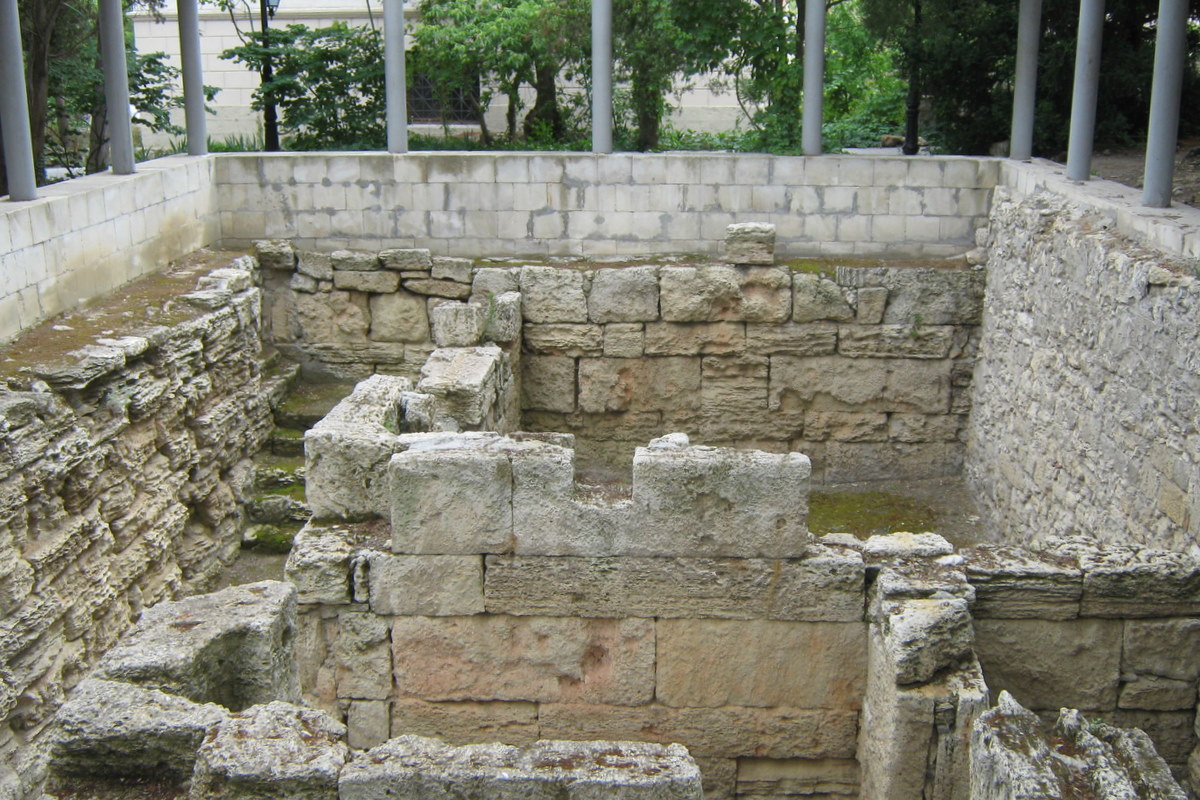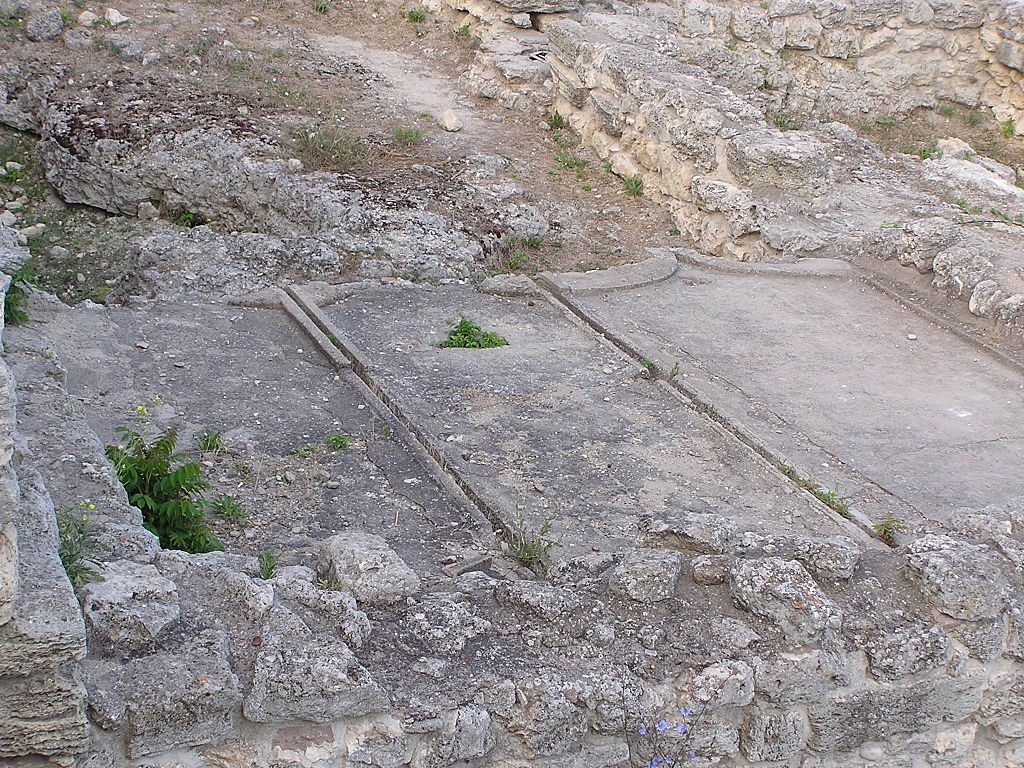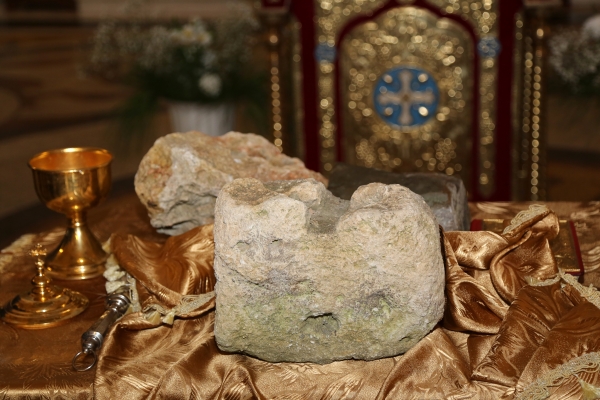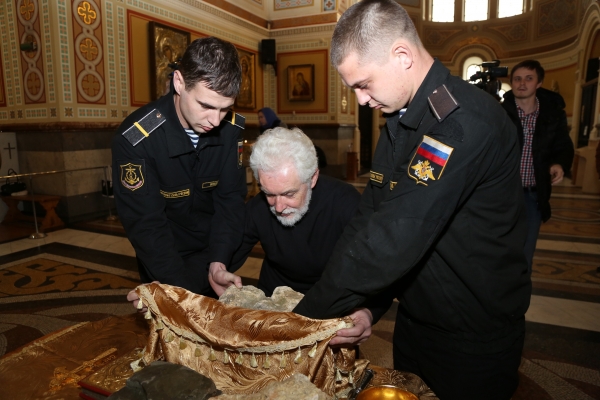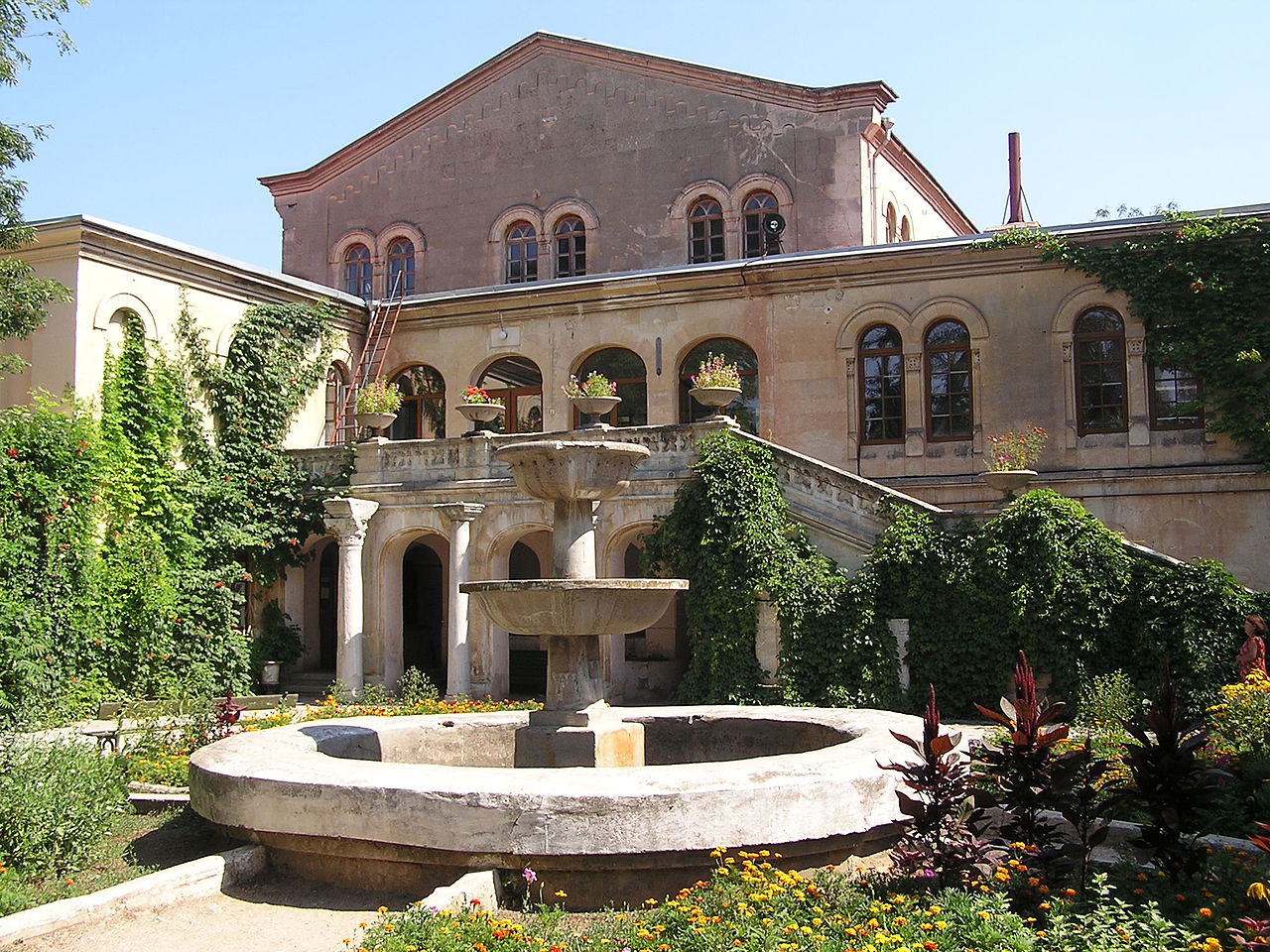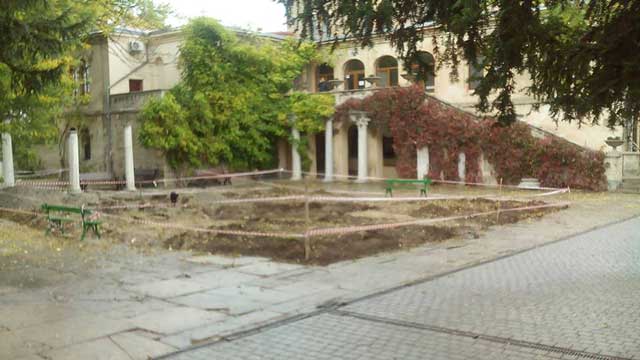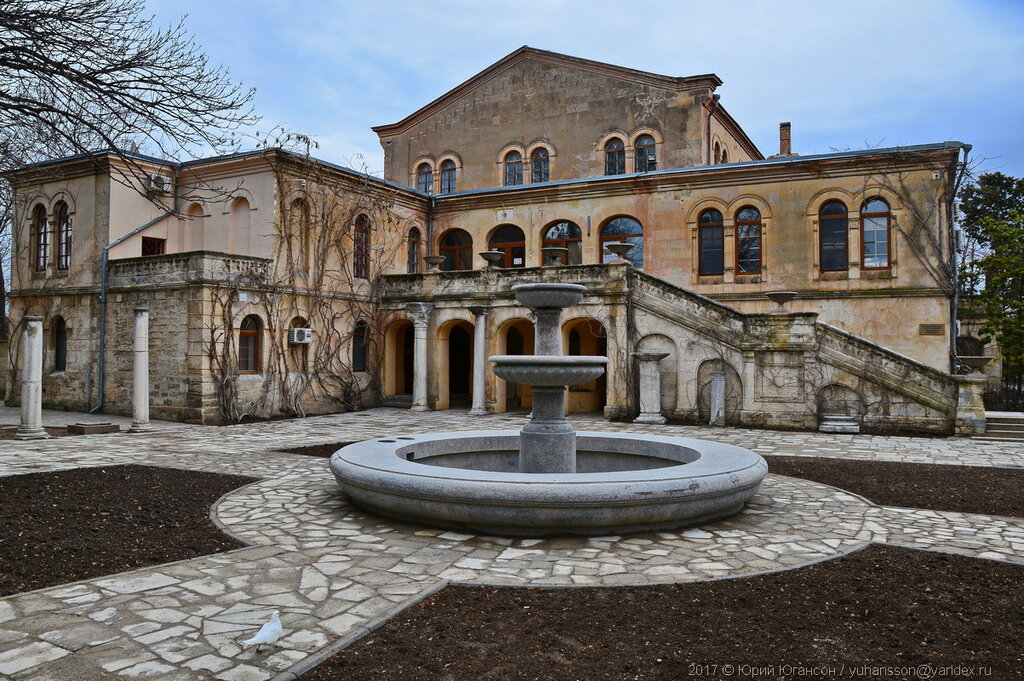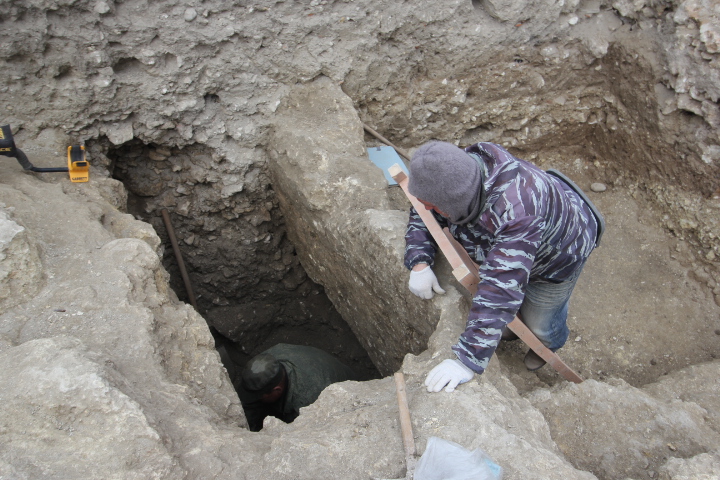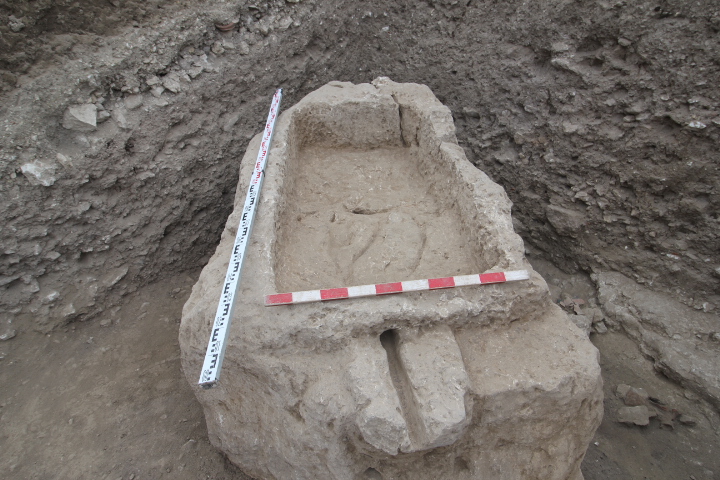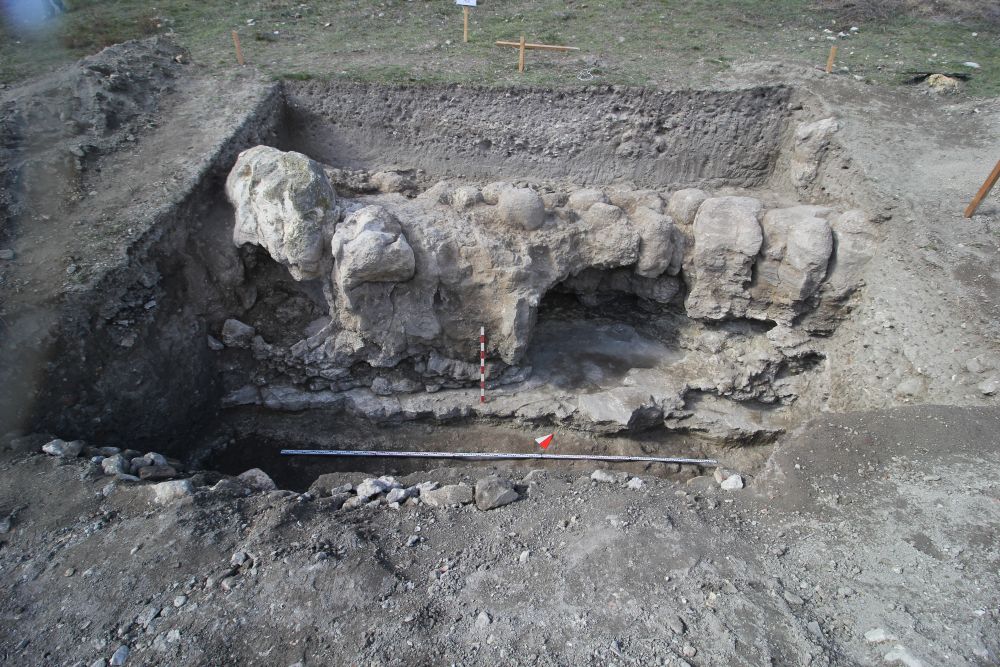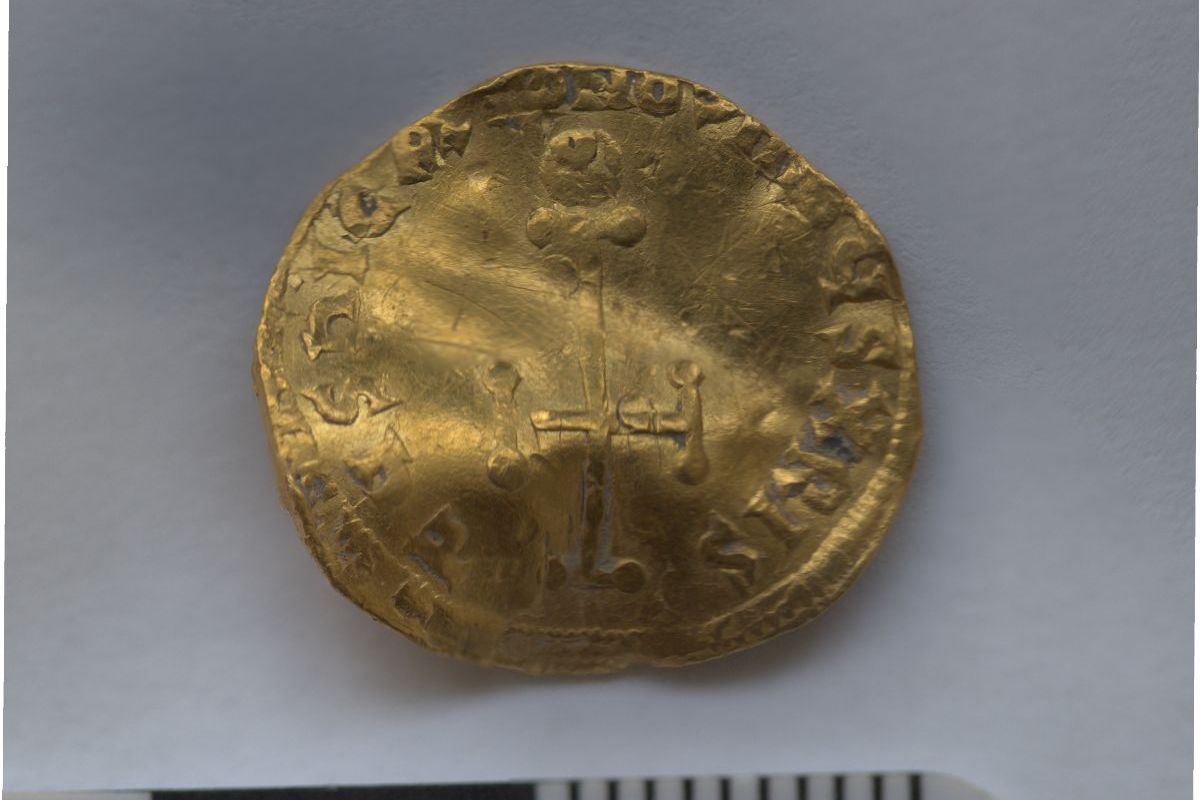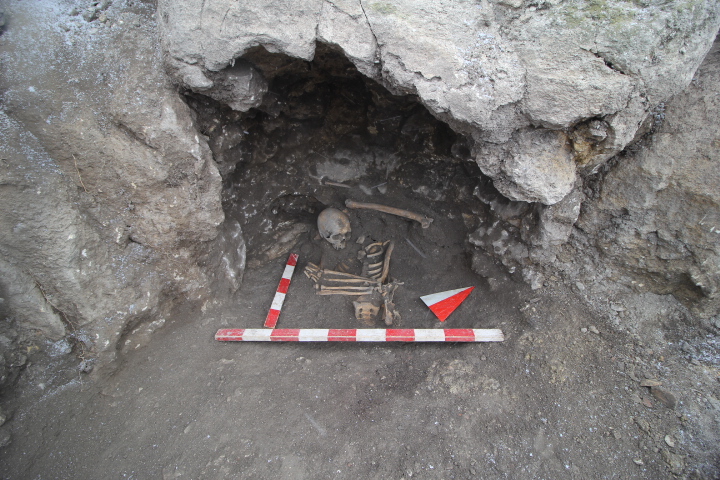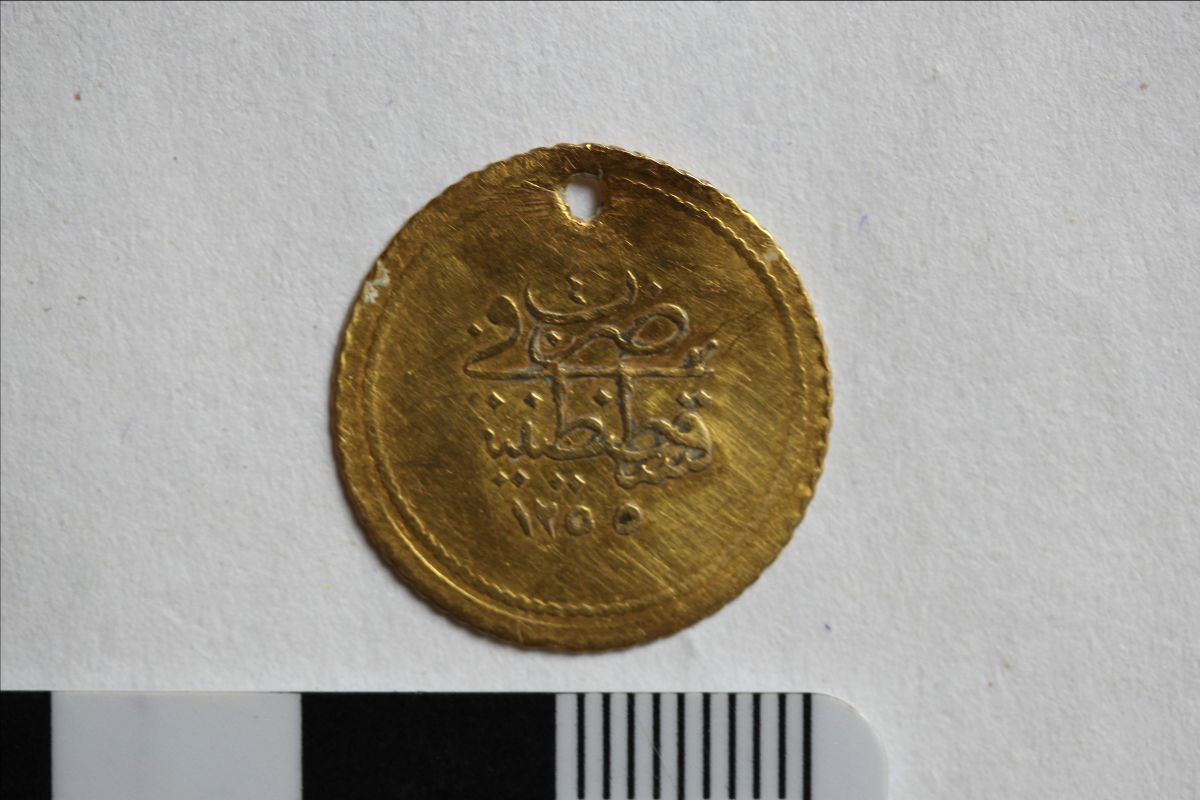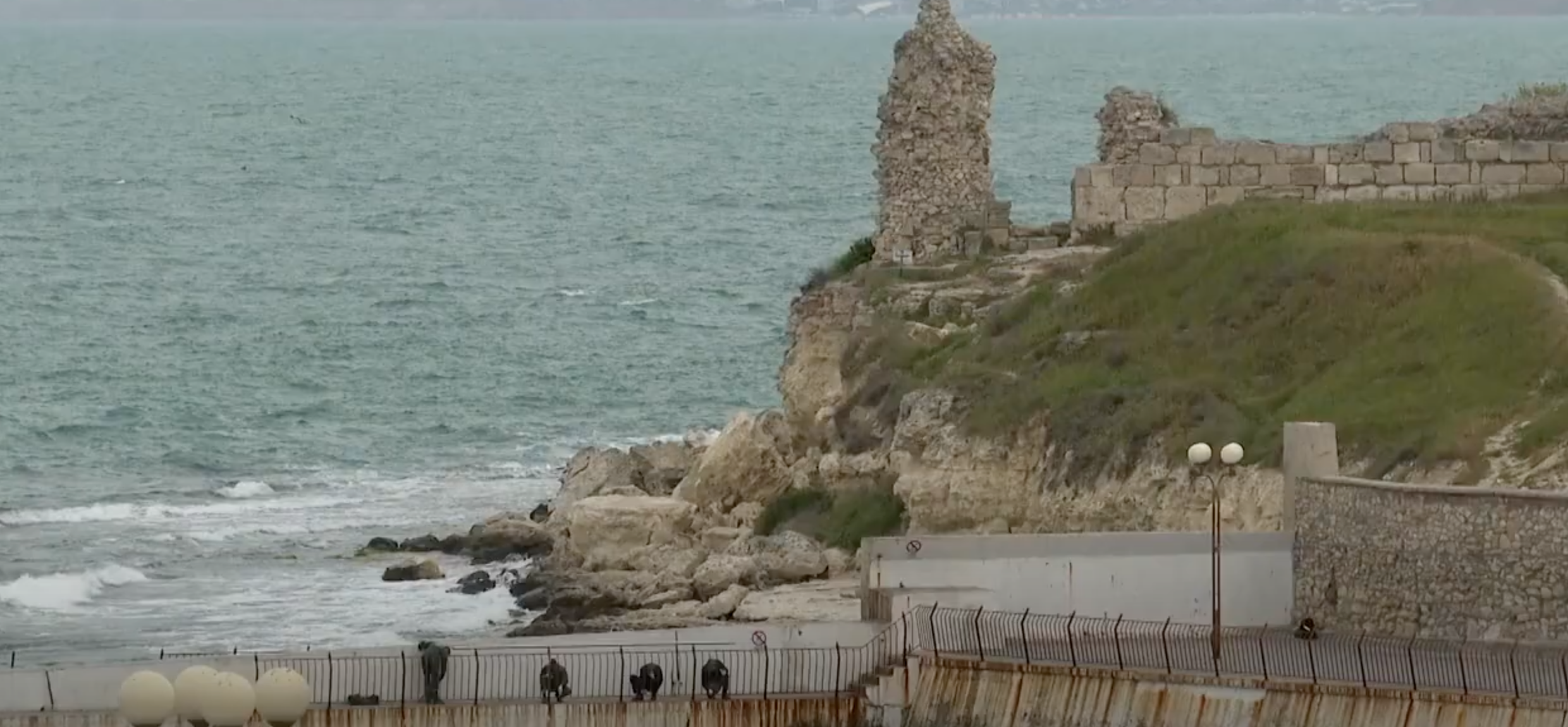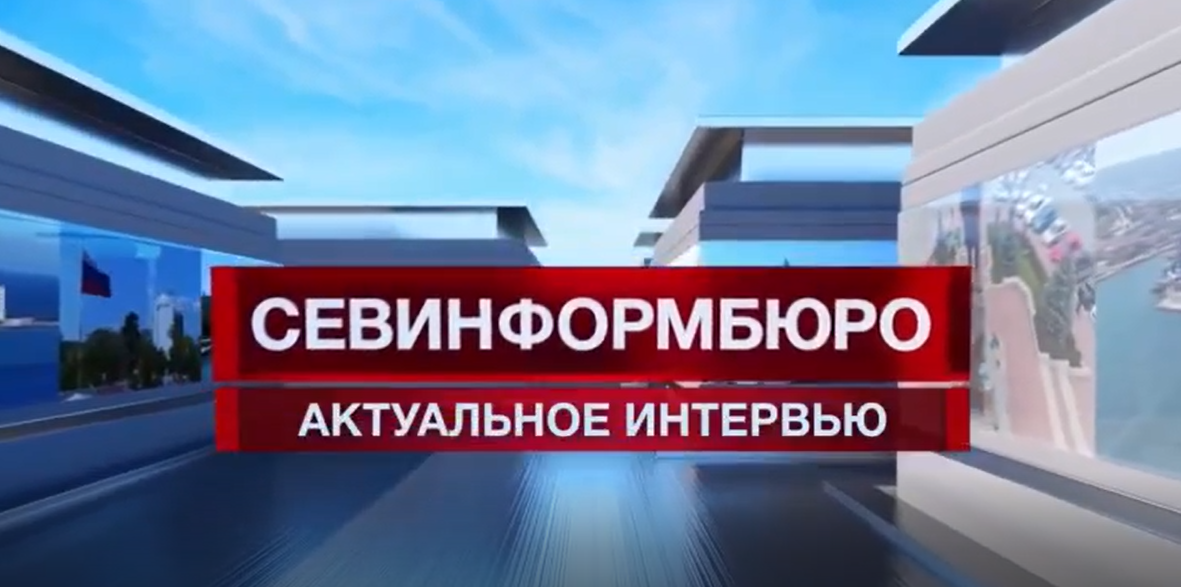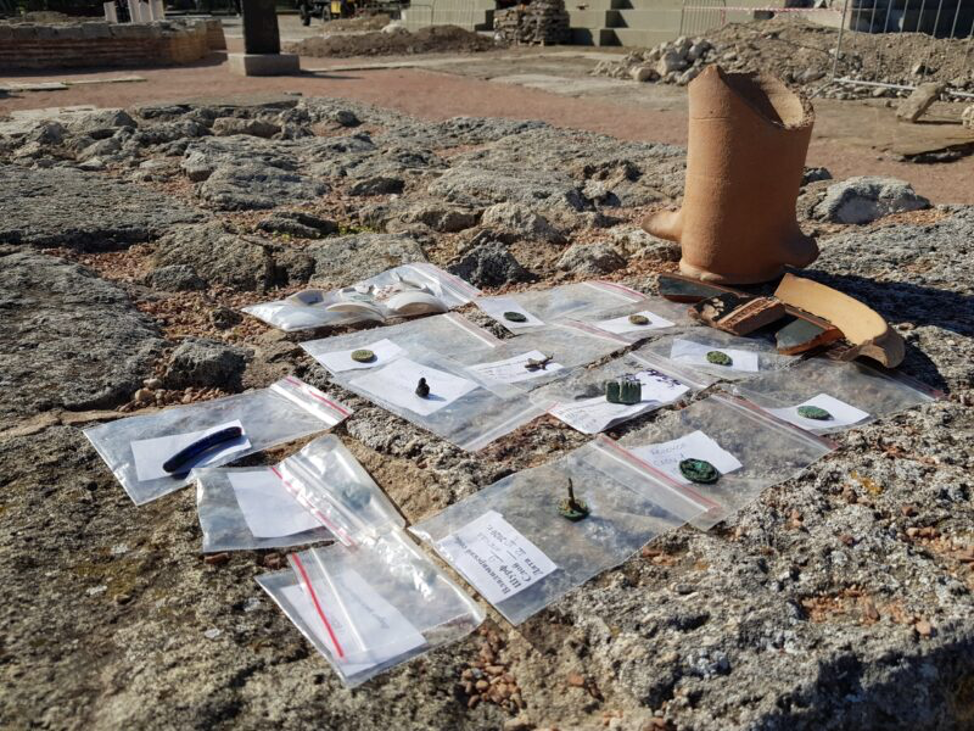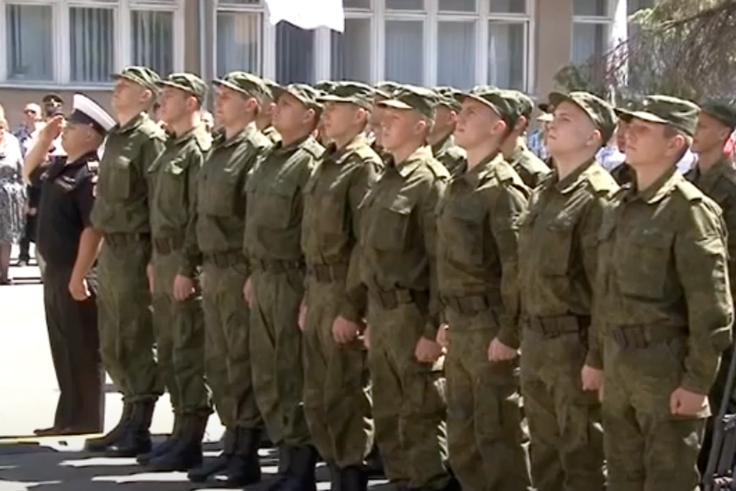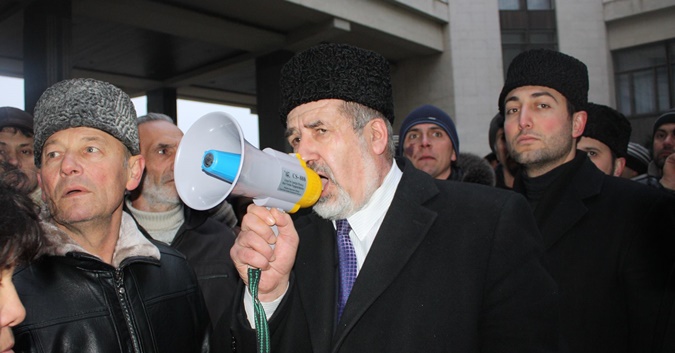The real "boom" of illegal archaeological excavations in Chersonese began in 2017 with the announcement of plans to build the historical and archaeological park "Tauric Chersonese". According to the "road map," this criminal construction is supposed to take place in the buffer zones of the reserve, after obtaining the conclusion and permission of archaeologists. As part of the implementation of the "construction" on the territory of Chersonese, two expeditions are actively working: the so-called "Complex Chersonese Archaeological Expedition," formed from archaeological units of the Institute of Archaeology of the Russian Academy of Sciences, the Hermitage, the "State Historical and Archaeological Museum-Reserve" Tauric Chersonese, and the "Chersonese Expedition of the State Hermitage."
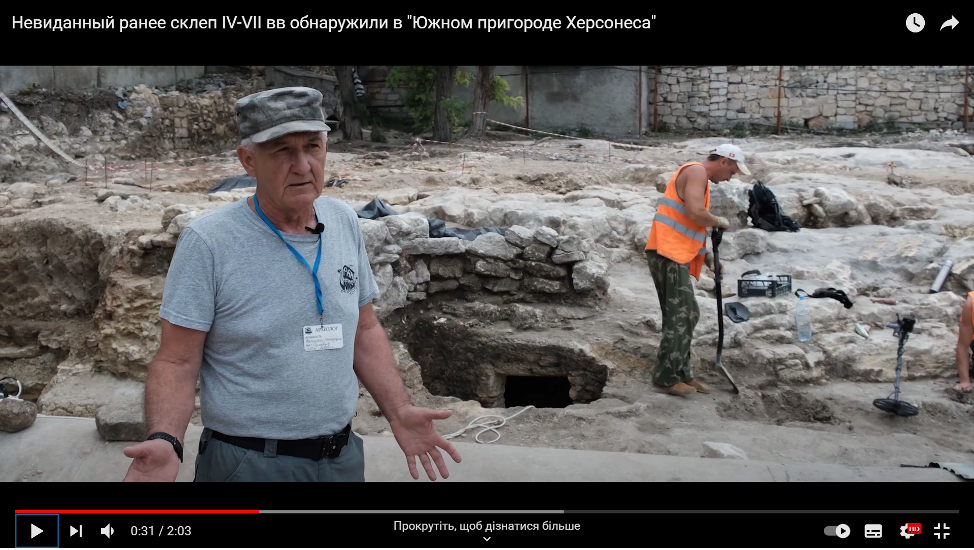
During the activities of these two expeditions, the occupiers discover new archaeological finds - at least four burial structures of the Hellenistic period, cut into the rock, and three residential complexes - two rooms cut into the rock and one room in a natural cave. The report posted on the Hermitage website, based on the results of the expedition's activities, states that carved rock tombs from the Hellenistic and Roman periods, as well as household and production facilities, new defensive walls, water tanks, and wine presses with a wild horse, were discovered and examined. Family tombs and burials in earthen mounds are also mentioned.
Numerous artifacts are illegally confiscated and transferred for "safekeeping" to the funds of the Chersonese museum or exported beyond the borders of the Crimean peninsula to the territory of the Russian Federation.
In 2021, the Institute of the History of Material Culture of the Russian Academy of Sciences, the Institute of Archaeology of Crimea of the Russian Academy of Sciences, and Sevastopol State University joined in the illegal excavations in Chersonese. The Ministry of Culture of the Russian Federation issued a permit for archaeological work in Chersonese, covering an area of 400,000 square meters, which is more than 15% of the reserve's territory, in just one year. In total, in 2015-2020, the Ministry of Culture of the Russian Federation issued over 410 such permits, allowing Russian "archaeologists" to drastically alter a significant portion of the museum's territory.
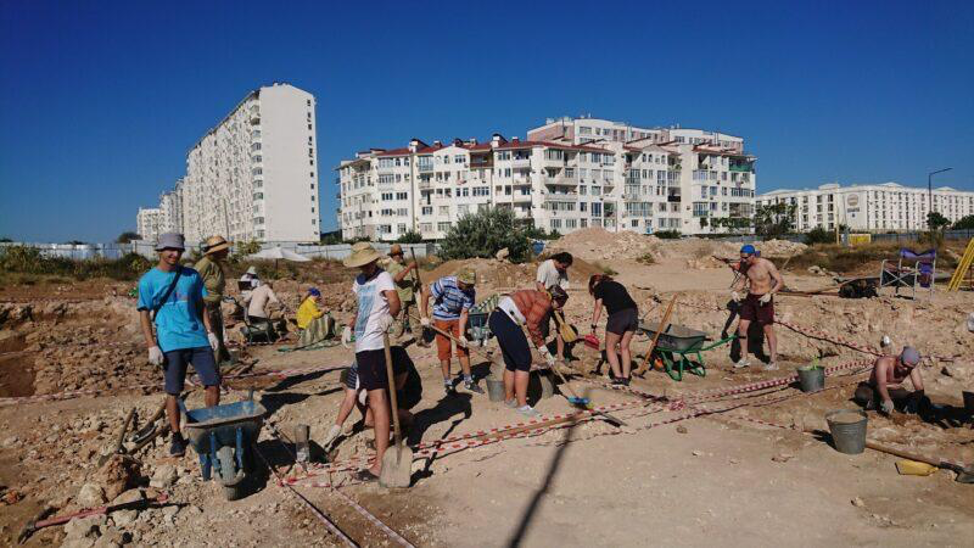
Another "researcher" of the reserve's heritage is the Ministry of Defense of the Russian Federation. From May to July 2021, under its direct control, with the help of excavators, trucks, and other construction equipment, a portion of Chersonese's buffer zone was "investigated." Such actions seriously damage not only the integrity of the monument but also irretrievably destroy previously unexplored areas of the reserve. Construction materials are piled directly on the territory of the ancient settlement, construction waste is scattered throughout the reserve, and construction equipment destroys the tracing of the medieval temple, disrupting the cultural layer and elements of the museum complex of ancient structures.
The then-head of the illegal archaeological expedition, Yuri Vinogradov of the Hermitage, stated that he did not know who these people were, who gave them permission to conduct the "research," and characterized the ruined area as unimportant to Chersonese.
Illegal excavations continued in 2022. Occupiers are rushing to build a new archaeological complex aimed at promoting Russian Orthodoxy and the grandeur of the "Russian world."
 Ukraine, Autonomous Republic of Crimea, Sevastopol, Drevnya St, 1
Ukraine, Autonomous Republic of Crimea, Sevastopol, Drevnya St, 1
 2015-12-22
2015-12-22
